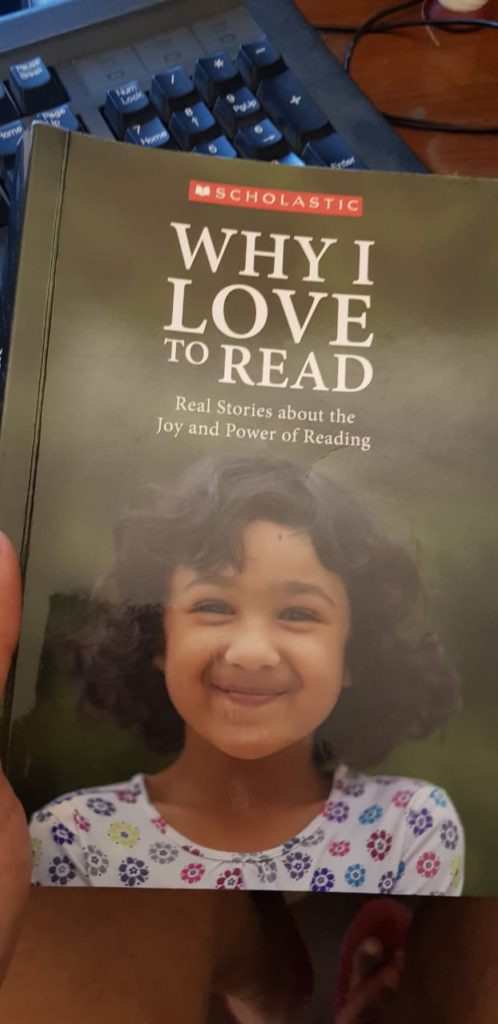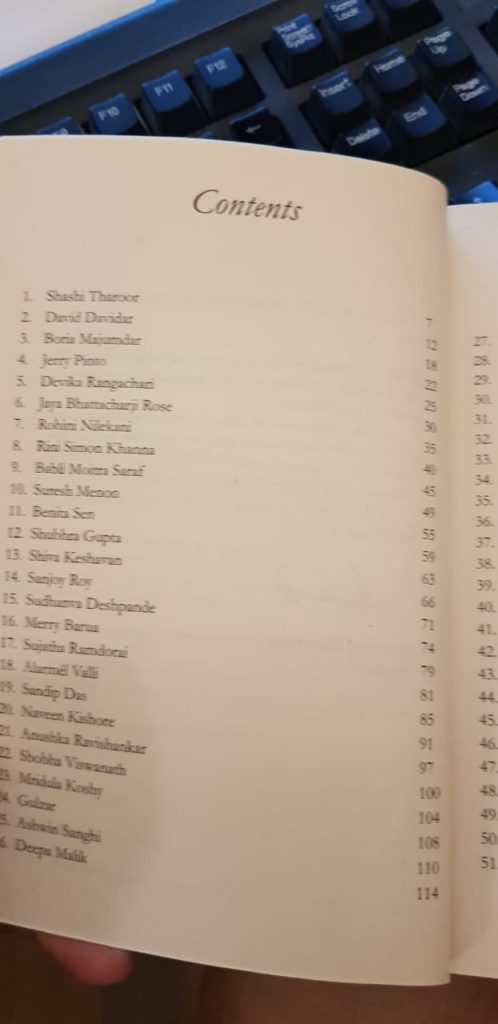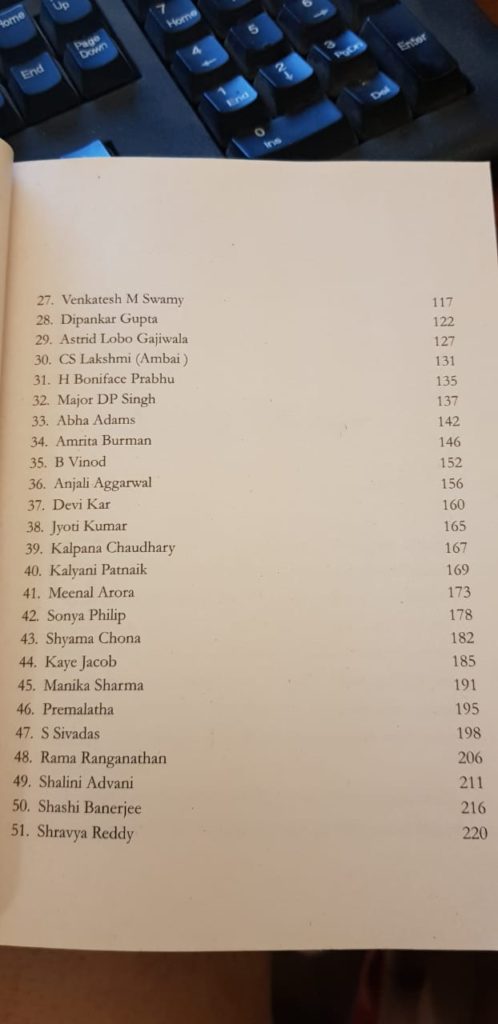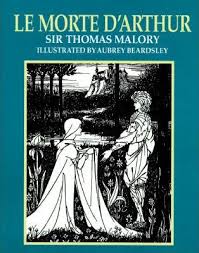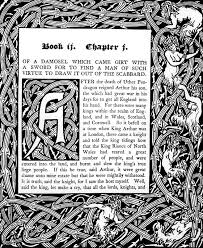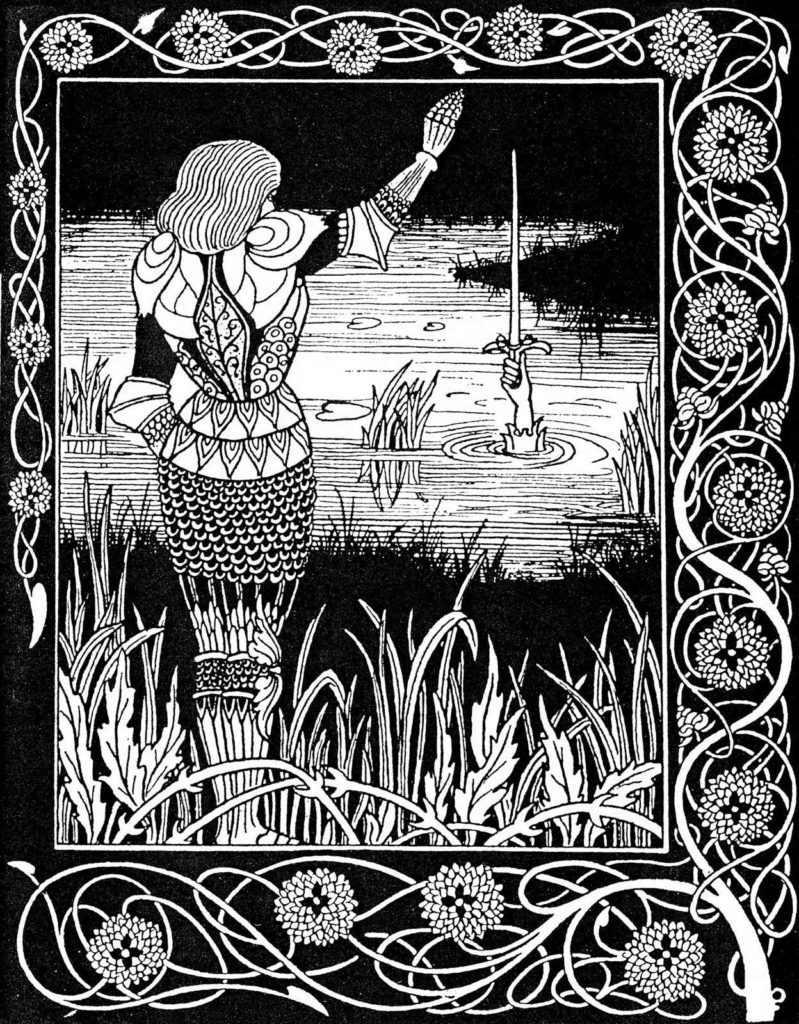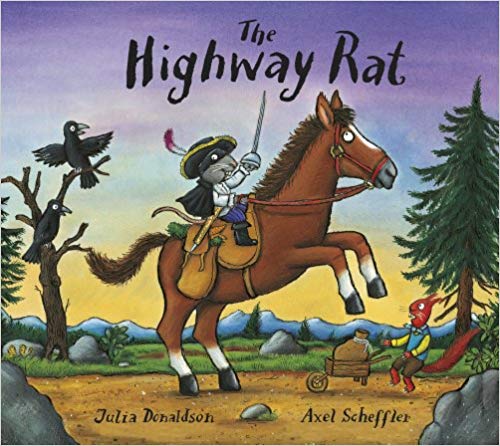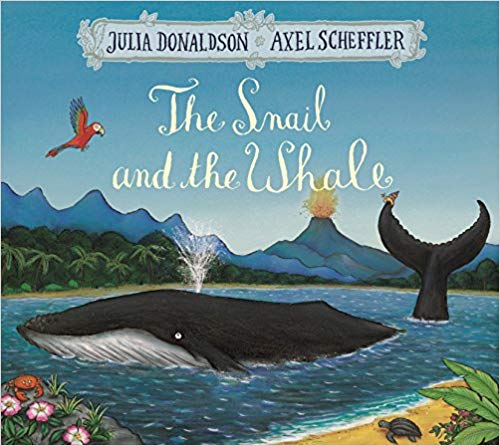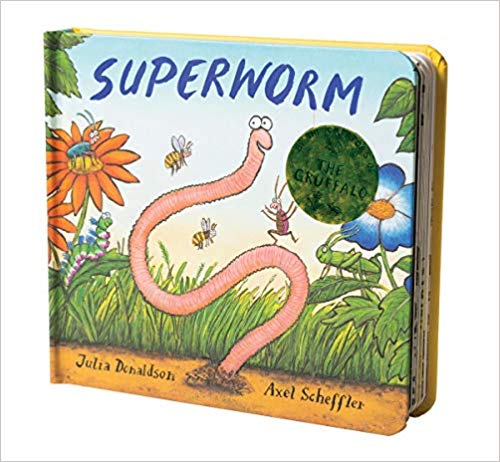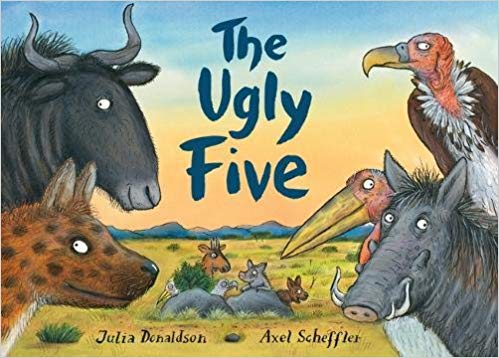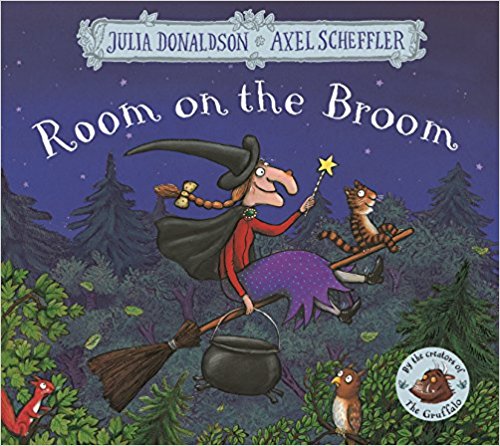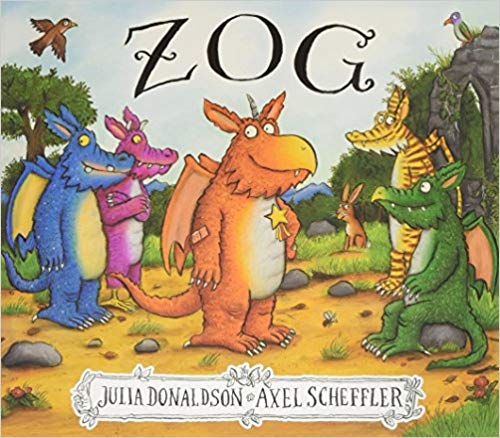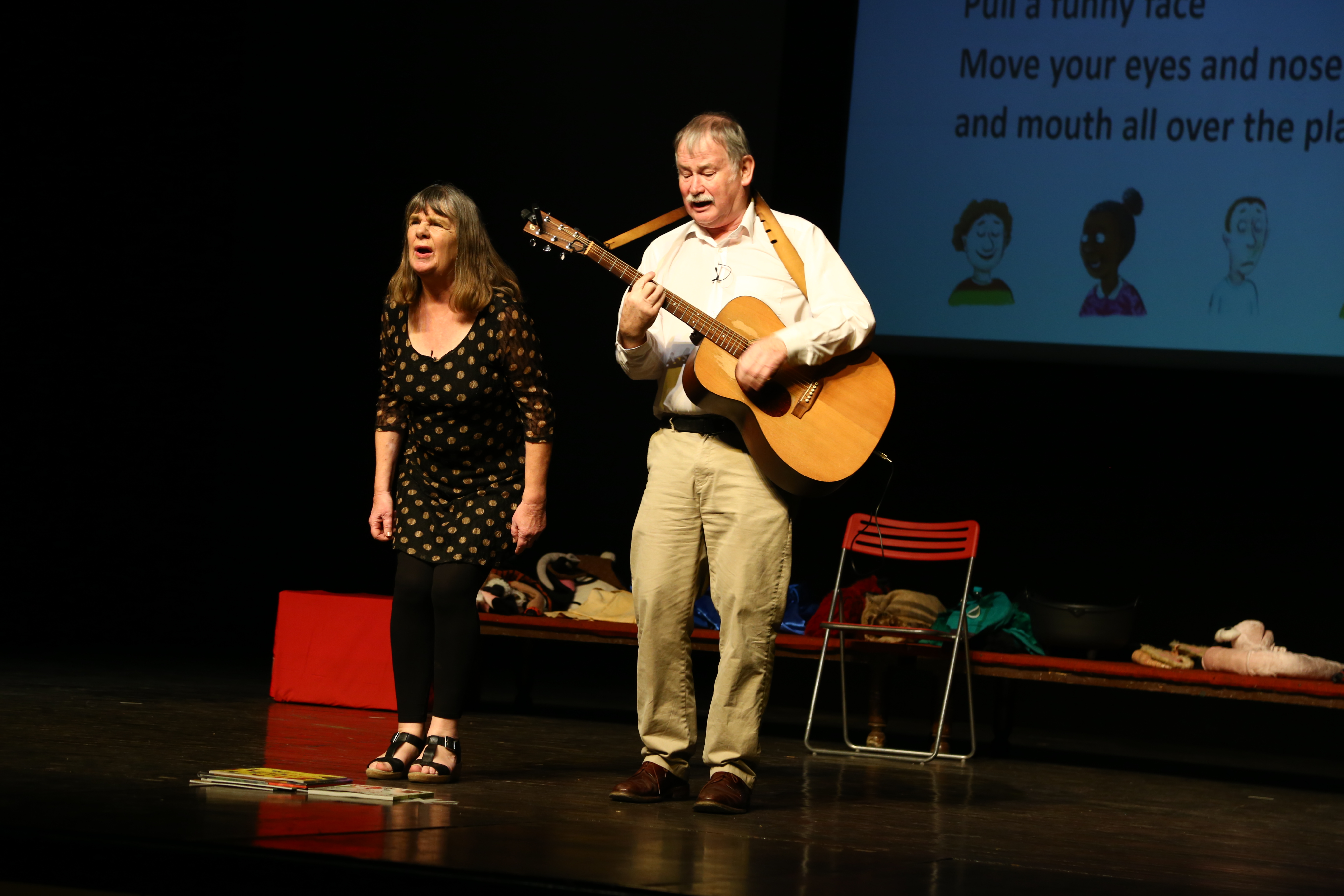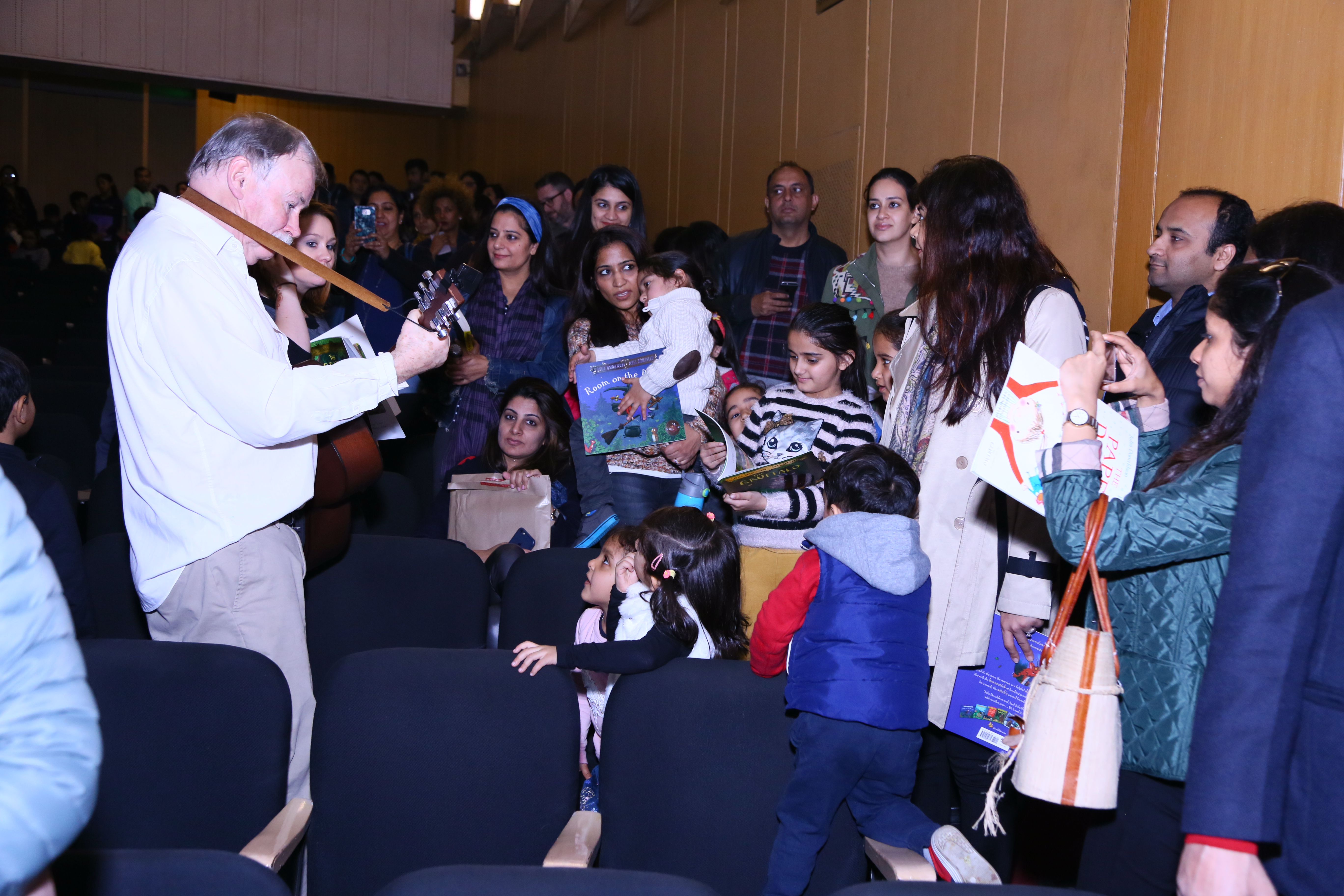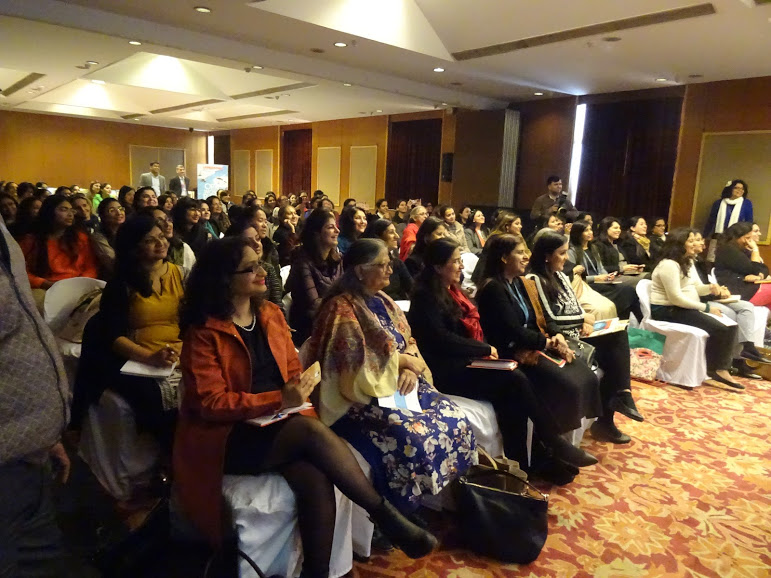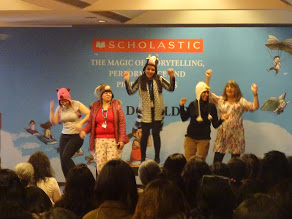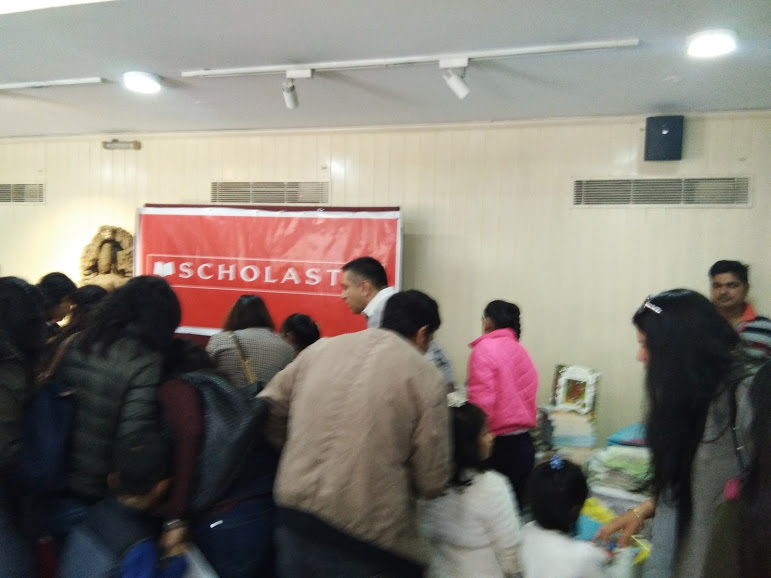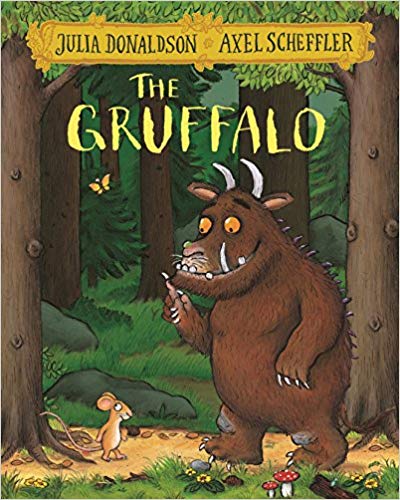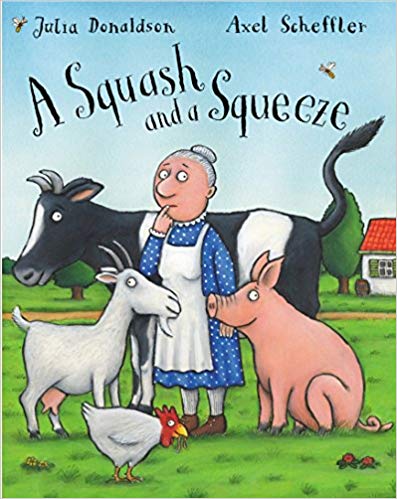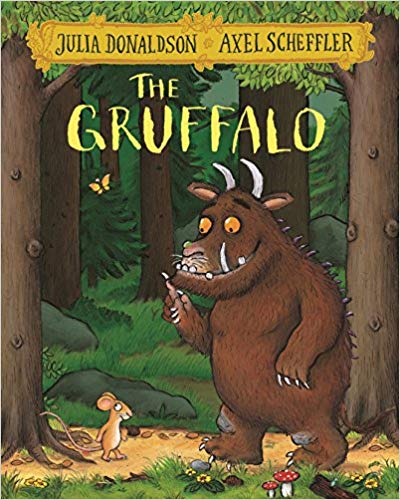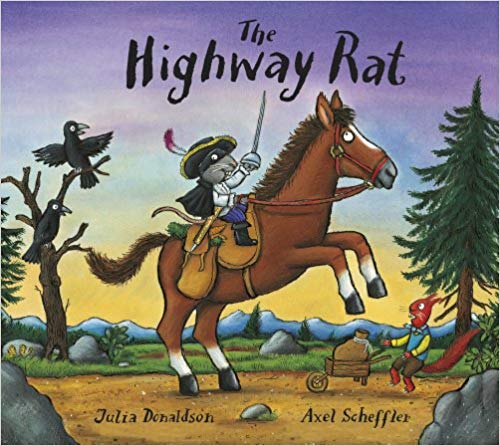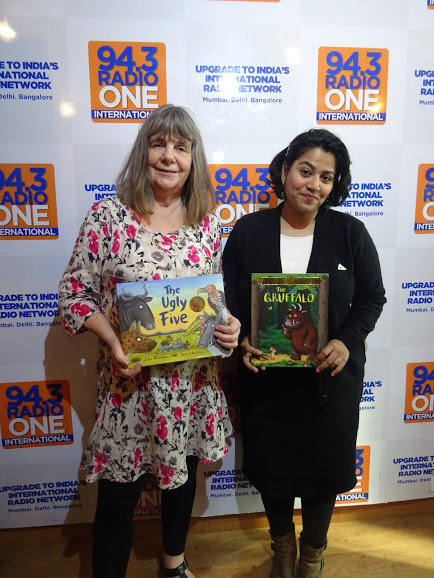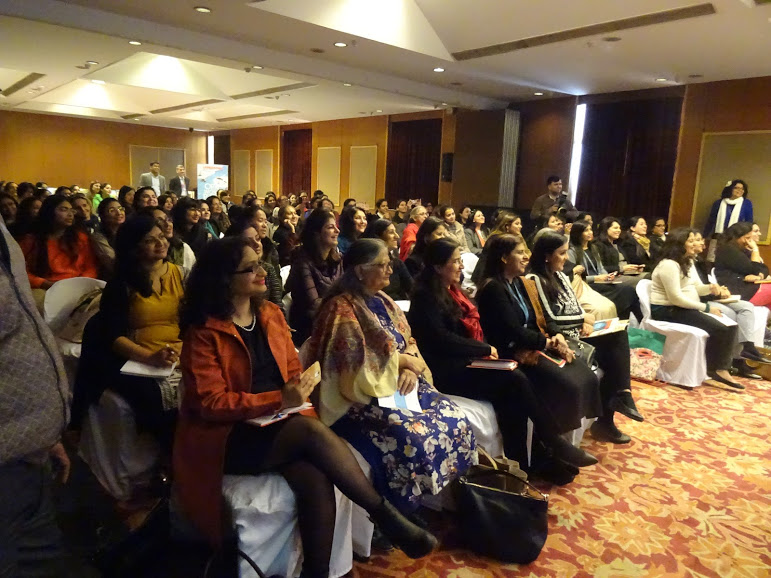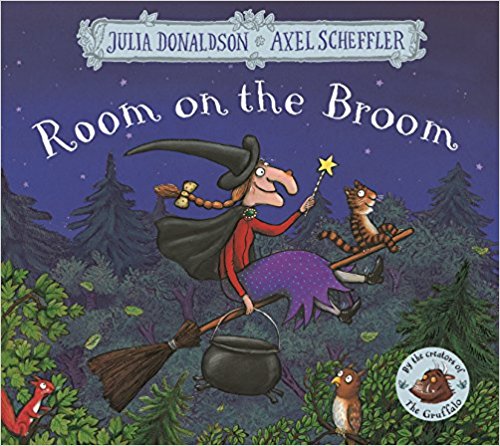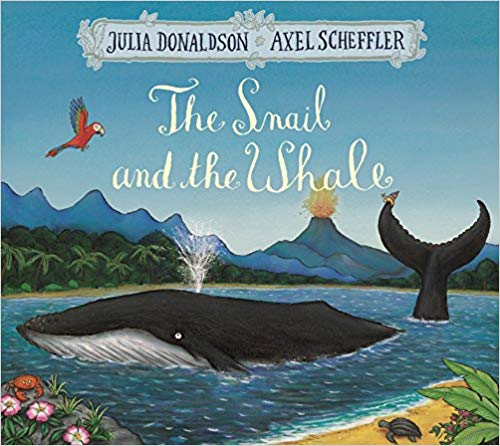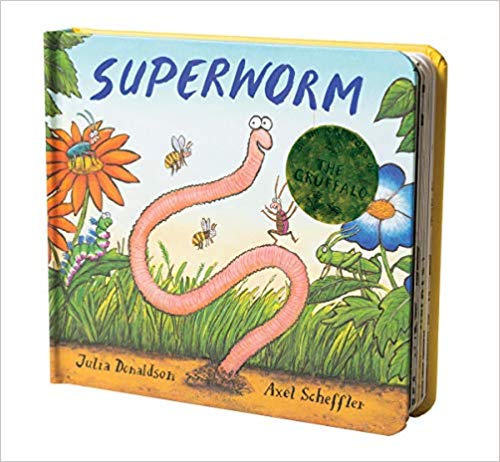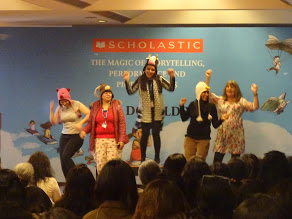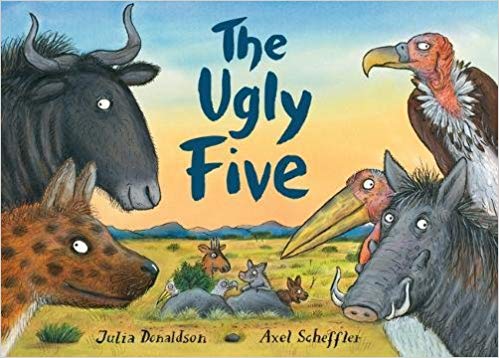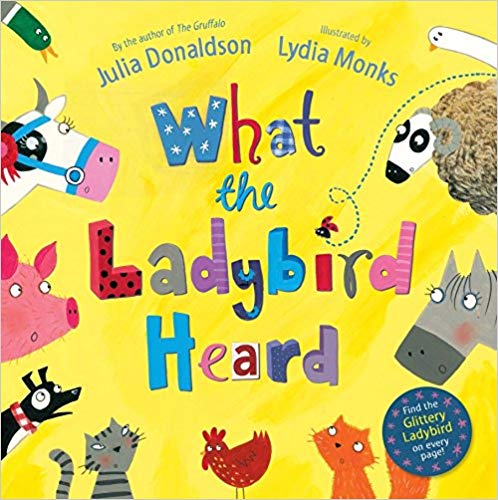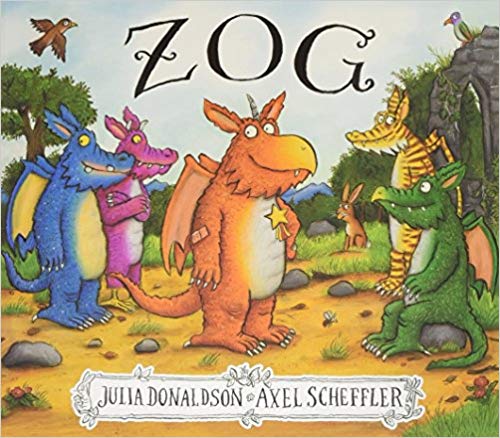Teaching a tiddler how to read English
Last year Scholastic India published a marvellous collection of essays on reading. It is called Why I Love to Read: Real Stories about the Joy and Power of Reading. It is in keeping with the firm’s fundamental principle that reading opens up a world of possibilities. Reading is a lifelong skill. This anthology had a broad spectrum of contributors from across India. It included politicians, educationists, journalists, writers, publishers, poets, sociologists etc. I too contributed an essay. It was on how I managed to get my little girl to read modern English by introducing her to Malory’s Morte D’Arthur. The moment I introduced Sarah to medieval English where everything was spelt phonetically, the pennies dropped and she was able to make the relevant connections while reading modern English. So here is the essay that I am reproducing with the permission of the publisher.
****
“They even have books in their bathroom!” exclaimed a friend to other classmates while describing our childhood home. Little has changed. Recently my daughter reported how her classmates describe our home as being full of books wherever you look! My nine-year-old is convinced that books are her birth right. She demands books she issues from the library and enjoys immensely to be bought for her personal collection as well.
My family loves books. We have done so for generations. We have inherited books that are now more than a century old. My childhood bedroom which I shared with my twin brother had an entire wall made of deep wooden bookshelves. I had rows of books three deep and more stacked on top.
I do not know what sparked my love for reading. It could have been my mother who decided to read out the texts she was teaching to her undergraduate students. Mum is a fantastic storyteller. So by the time we were six we knew our Shakespeare, Dracula along with breathless Piglet saying “Heff, Heff, Heffalump” from Winnie-the Pooh or she made up wonderfully imaginative tales. Or it could be my maternal grandfather who after lunch would tell us about the outrageous escapades about Laurel and Hardy traipsing through North East India – all totally made up of course! (My Nana as a senior civil servant had visited the region in the 1960s and 70s.) Or my paternal grandmother who would tell us stories about Shaikh-Chilli and other folktales at bed time. Or it could have been my bedridden great-grandmother who would tell us stories about Delhi and Dalhousie during British Raj including of C.F. Andrews or Charlie Dada as she referred to him fondly. He would arrive regularly at her home in Dalhousie with nothing except the clothes on his back. After every visit she would send him off on his travels once more with a bistar-band/ bedding holdall and clothes but he would inevitably distribute them to a more needy soul. My father is not much of a storyteller in words but as a photographer he is astounding. He brought home interesting guests, inevitably mountaineers and photographers, who would regale us with amazing tales of climbing some of the highest peaks in the world or taking photographs under extraordinary circumstances.
It was a short step from being surrounded by stories to reading the books lining our shelves. My mother too developed a neat trick of stocking our bookshelves with books just a little ahead of our biological years so we were never out of reading matter. Alternatively she would borrow huge piles of books from her college library and suggest books of all kinds – ranging from Georgette Heyer romances, Gerald Durrell’s animal stories, Homer, Malory, historical fiction to science fiction. We were well brought up kids. We even knew Asimov’s Three Robotic Laws fairly soon! Once mum realised I was getting frightfully bored by sixteenth century English Literature, she suggested a range of historical novels of the Elizabethean period. I developed a lifelong soft corner for it. As children we were encouraged to read anything that came our way. We spent most of our free time reading.
Initially I read what existed at home but slowly developed a passion for buying books and later even inherited personal libraries. I have an eclectic and vast collection of books. Now an entire floor in my parent’s home has floor-to-ceiling bookshelves lining the walls. In my marital home I have a study (and more) that is lined with bookshelves — anything to prevent my forming book towers! Even now my happiest moments are when I am surrounded by books and reading. It gives me peace. It is also as a parent I realise excellent role modelling. Children imitate their parent’s actions.
As a parent now I encourage my daughter to read anything she likes. Digital entertainment is rationed. When she was struggling to understand how English is written and spoken, I introduced her to my beautiful of Aubrey Beardsley’s Malory’s Morte D’Arthur. Very soon the kid was able to “read” the story as Middle English was written exactly as phonetics is practised. It made it even more fascinating that the stories were about her favourite trio – King Arthur, Merlin and Queen Guinevere. One of her favourite past times is to read the spines of my books. (She even began reading this essay and wanted to know why I was writing about reading? It puzzled her – why on something as basic as reading?) The best inheritance I can give my daughter is of reading as a valuable lifelong skill and not just for leisure.
For now she is a happy kid who said to me reading out aloud from Diary of a Wimpy Kid “This is so easy to read. It is like an early learners reading!”
Shhhhhhh! We have a reader in the making!
17 April 2020

